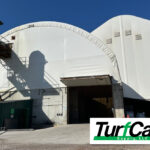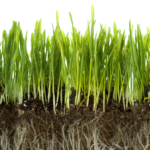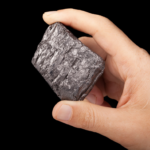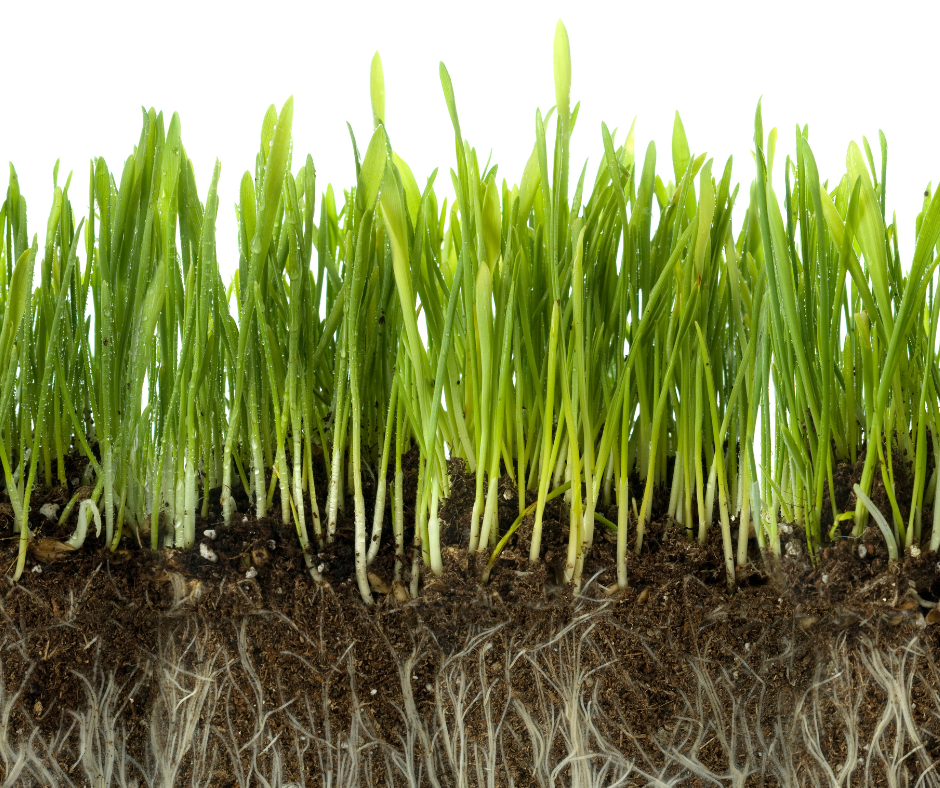Redox potential in soil refers to the measure of the oxidation-reduction reactions occurring within the soil matrix. It is a key indicator of the soil’s ability to support microbial activity. Additionally, it also speaks to the ability to support nutrient availability. The redox potential is determined by the balance between oxidizing agents (electron acceptors) and reducing agents (electron donors) in the soil.
In well-aerated soils, the redox potential is generally positive, indicating an oxidizing environment. This is favorable for the activity of aerobic microorganisms. Additionally, it speaks to the availability of oxidized nutrients such as nitrate (NO3-) and sulfate (SO42-). In contrast, poorly-drained or waterlogged soils have a negative redox potential, indicating a reducing environment. In such conditions, anaerobic microorganisms thrive, and reduced forms of nutrients, such as ammonium (NH4+) and ferrous iron (Fe2+), are more prevalent.
The redox potential in soil can influence important biogeochemical processes, including nutrient cycling, organic matter decomposition, and the fate of pollutants. Therefore, monitoring and managing redox potential in soils is crucial for sustainable agriculture, wetland management, and environmental remediation.
This is where Greensmiths, Inc.‘s latest granular fertilizer, NanograpH is changing the game completely. This latest fertilizer phenoninom is created with a graphite coating that is organic, inert, and is not utilized by the plant. The graphite coating is four billion years old, it does not degrade in the soil. Its mode of action is by its high redox potential that favors beneficial bacteria in the nitrification cycle that lowers atmospheric loss and nitrate leaching.
It is utilizing revolutionary technology and completely changing the face of the fertilizer game as we know it. You can learn more about redox potential as it pertains to soil, on Greensmiths’ website.
Contact us for additional information.











